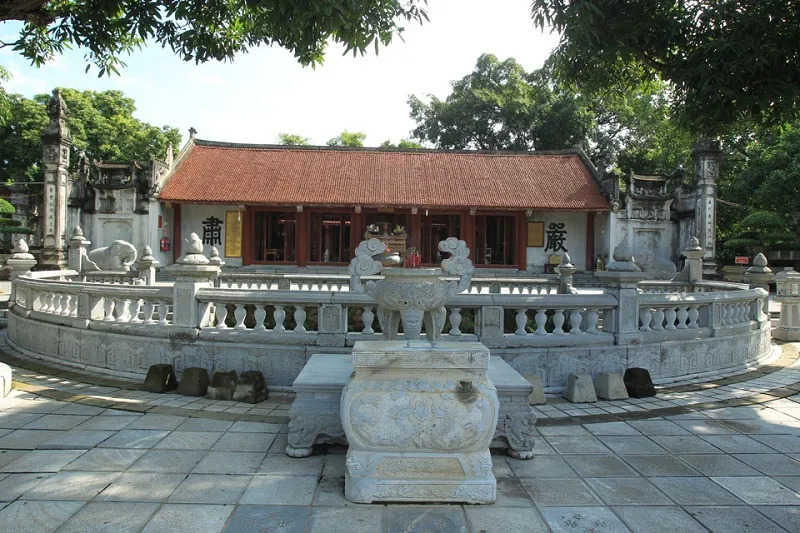Hanoi mulls new citywide program to find new relics
This initiative aims to make an inventory of relics in 30 districts, towns, and communes.
The Hanoi People's Committee recently released a plan to find and document new historical-cultural relics and scenic spots across the city.
| The Temple of Hai Ba Trung (the Trung Sisters) in Me Linh District, Hanoi. Photo: Pham Hung/The Hanoi Times |
This initiative aims to inventory the relics found in 30 districts, towns, and communes and to compile a comprehensive catalog of relics.
The catalog will help plan and supervise the management, protection, and promotion of these relics by providing information on names, types, construction sites, architectural scales, historical figures, objects, and national treasures.
Based on the document, Hanoi plans to establish a database to store and preserve information, records, and legal documents related to its cultural heritage sites. This will gradually introduce, promote, preserve, and enhance Hanoi's cultural and heritage values.
The inventory will include buildings, sites, natural landscapes, and areas not yet listed in the city's relics registry that meet the following criteria:
- Historical relics: Structures or sites associated with historical events or notable individuals.
- Architectural relics: Complexes or individual architectural works, including areas with buildings, courtyards, gardens, ponds, lakes, and other related elements.
- Archaeological relics: Archaeological sites where relics, artifacts, terrains, and landscapes directly related to the creators' living environment have been discovered.
- Scenic spots: Natural landscapes, terrains, geomorphological features, and other geographical elements that contain biodiversity, unique ecosystems, physical traces of Earth's evolutionary stages, or related architectural works.
The Department of Culture and Sports will work with local authorities and the Hanoi Relic Management Board to set the plan in motion.
The results will be submitted to the Municipal People's Committee for approval. The final report will be handed over to local authorities and organizations for management.
In addition to ensuring proper targeting of categories, quantities, and adequate data, the inventory process must comply with cultural resource regulations and provide regular updates in accordance with the plan. The practical implementation that is integrated with ongoing city activities and encourages public participation, especially from areas where relics are to be inventoried, is essential.












